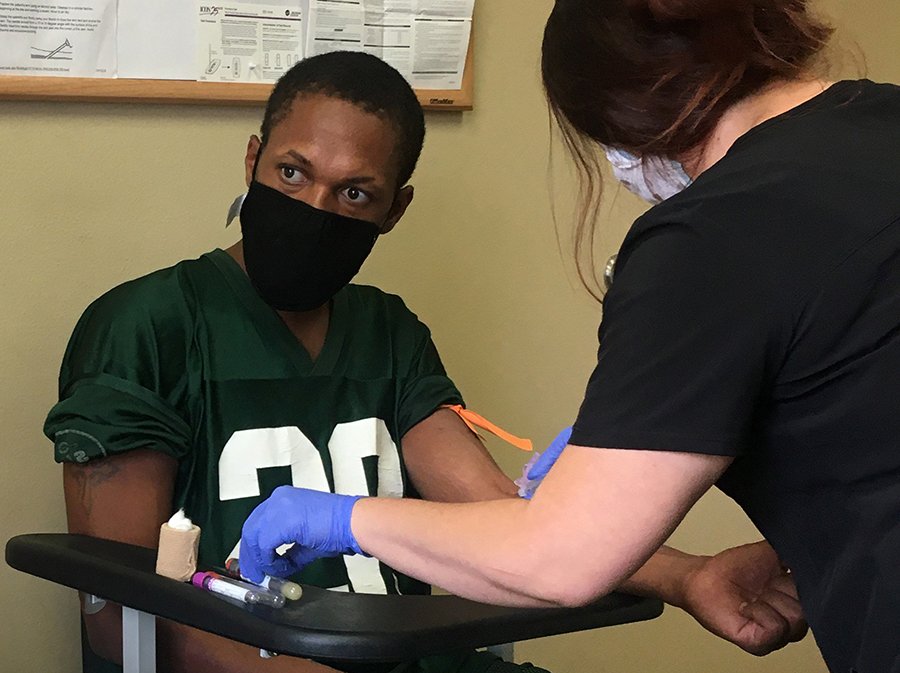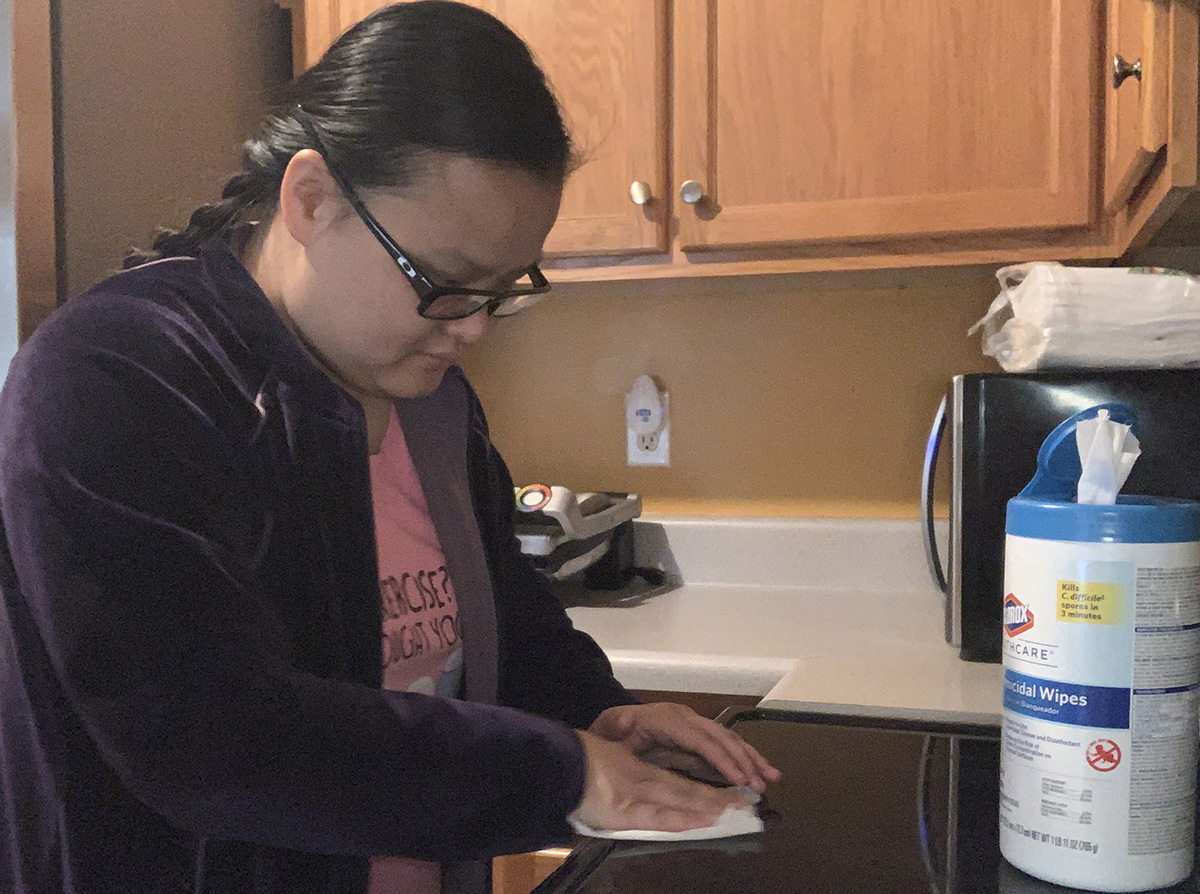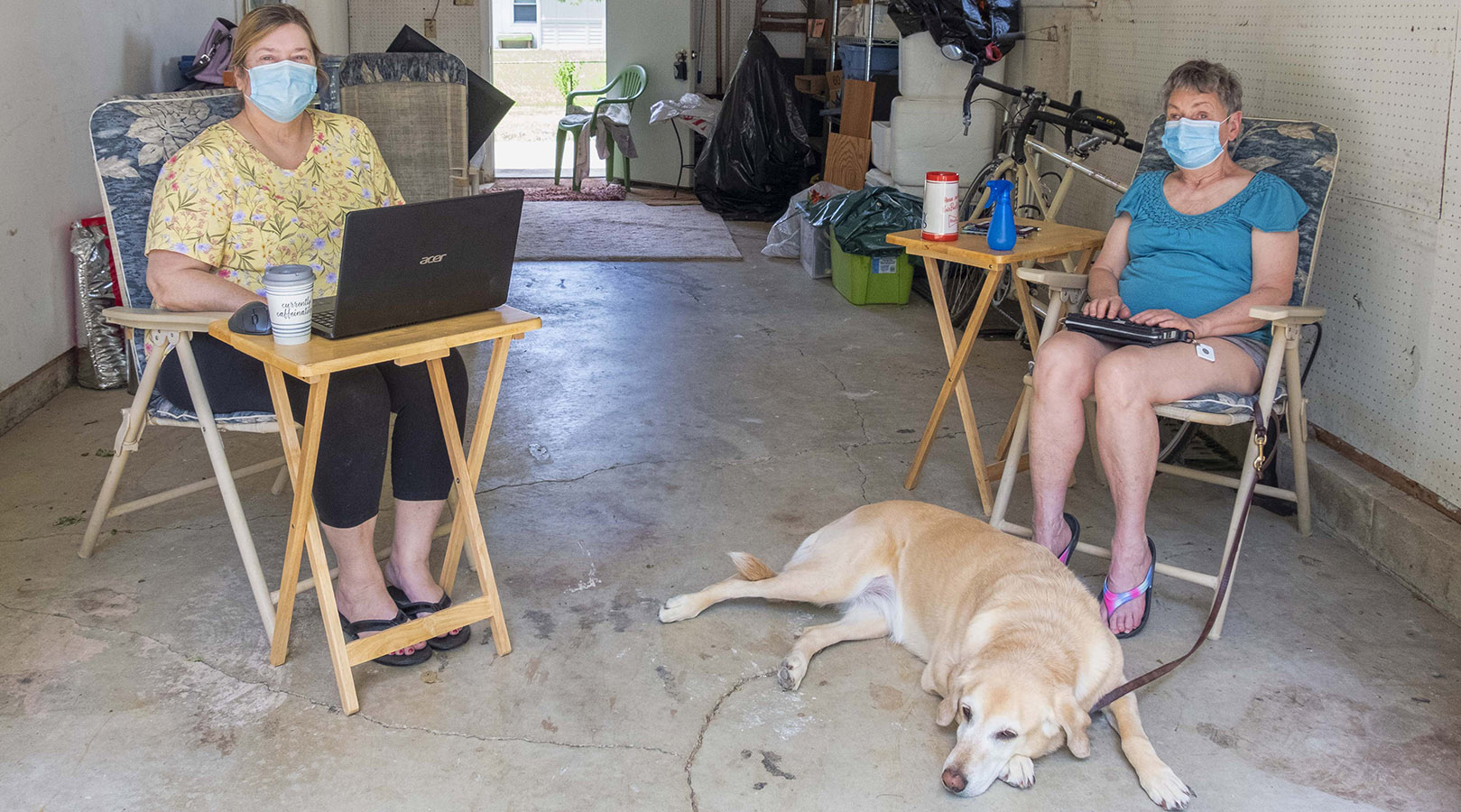Dr. L. Penny Rosenblum l Dr. Paola Chanes-Mora l Dr. C. Rett McBride Mr. Joshua Flewellen l Dr. Niranjani Nagarajan l Dr. Rosemary Nave Stawasz Dr. Bonnielin Swenor
AcknowledgmentTroy Otillio, chief executive officer of Aira, had the initial idea for the Flatten Inaccessibility survey. His idea quickly grew into a nationwide study supported by 16 organizations and companies. We thank Aira for creating the Flatten Inaccessibility website.
Dr. Kirk Adams, president and CEO of the American Foundation for the Blind (AFB), recognized the importance of the Flatten Inaccessibility survey and requested Dr. L. Penny Rosenblum, director of research, and Dr. Paola Chanes-Mora, policy research specialist, take lead roles in developing, deploying, analyzing data, and writing this report.
The research team worked tirelessly and included the following individuals who volunteered their time: Mr. Joshua Flewellen (Aira), Dr. C. Rett McBride (Georgia State University Perimeter College), Dr. Niranjani Nagarajan (Wilmer Eye Institute, Johns Hopkins University), Dr. Rosemary Nave Stawasz (Western Michigan University), Dr. Bonnie O’Day (volunteer), and Dr. Bonnielin Swenor (Wilmer Eye Institute, Johns Hopkins University). Additional research assistance was provided by Dr. Jonathan Noel and Dr. Kathleen Thompson.
We appreciate the AFB staff members who dedicated time and made financial contributions to the development of this report. Thank you to the organizations that shared information about the study and to the many individuals who took the time to complete the survey. Many thanks to the James H. and Alice Teubert Charitable Trust for supporting the production of this report.
Suggested Citation
Rosenblum, L. P., Chanes-Mora, P., McBride, C. R., Flewellen, J., Nagarajan, N., Nave Stawaz, R., & Swenor, B. (2020). Flatten Inaccessibility: Impact of COVID-19 on Adults Who Are Blind or Have Low Vision in the United States. American Foundation for the Blind.
Collaborating Organizations
The following 16 organizations collaborated on the Flatten Inaccessibility survey. Through their commitment to this project, we were able to widely share information about the study.
Terminology
The following terms are used in the report (please note that these definitions are not comprehensive, but cover the ways in which the terms are used in this report):
- Accessible information: Information that can be accessed via screen reader software, magnification, braille, audio description, captioning, sign languages (e.g., ASL, Signed English), and visual interpreters/support service providers. For example, maps, charts, and images may be accessible if they include a text description of visual content, large fonts, and high-contrast colors in the design.
- Adult onset: Visual impairment diagnosed after 18 years of age.
- Child onset: Visual impairment diagnosed between 2 and 18 years of age.
- Congenital: Visual impairment present at birth or before 2 years of age.
- Orientation and mobility (O&M): One’s ability to travel safely and efficiently through one’s environment.
- Screen magnification software: Software that allows low vision users to adjust the size of the screen content and select alternative background/font combinations to make viewing content easier.
- Screen reader software: Software that converts text to speech and allows the individual to use keyboard commands when using a mouse is not possible or efficient.
- Social or physical distancing: Maintaining at least 6 feet between yourself and others to minimize COVID-19 spread.
- Visual interpreting service: A service, often accessed through a smartphone or other device, that provides human descriptions of visual phenomena (e.g., reading the display on a thermometer, locating an empty seat on a bus, or stating whether there is moving traffic at an intersection). Two companies that provide this service are Aira, which employs trained agents, and Be My Eyes, which uses volunteers1.
- Visually impaired: Individuals who are blind or have low vision are referred to as visually impaired (VI) in this report unless specific information is provided related to either blindness or low vision.
1. Aira’s CEO Troy Otillo had the initial idea for the Flatten Inaccessibility survey and Aira created and paid for the Flatten Inaccessibility website.




